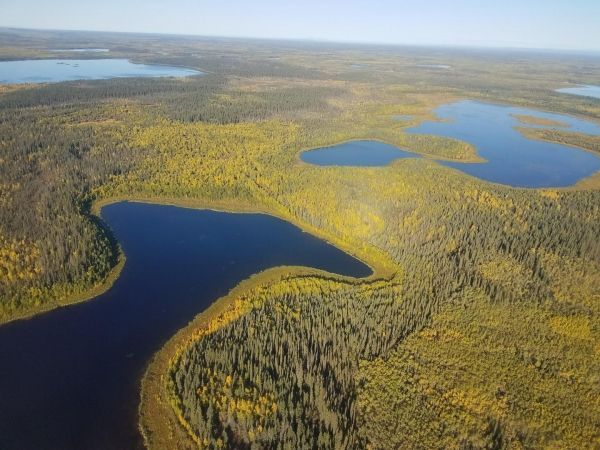The Arctic is warming twice as fast as the rest of the planet. One consequence of that trend is the thawing of permafrost, a layer of earth that has remained frozen for thousands of years in some areas. This frozen soil and vegetation currently holds more than twice the carbon found in the atmosphere.
As permafrost across northern Alaska, Canada, Siberia and other high-latitude regions thaws, microbes in the soil consume organic materials, releasing carbon dioxide or methane, an even more potent greenhouse gas, into lakes and the atmosphere.
But a warmer, wetter climate may also cause more carbon from plants on land to move into lakes. Greater flow of carbon from plants and soils into Arctic lakes stimulates greater greenhouse gas emissions from bodies of water. And in a largely unstudied region with millions of lakes, it’s still a mystery as to how much carbon moves from the land into lakes, and ultimately into the atmosphere.
New research by the University of Washington and U.S. Geological Survey suggests many lakes pose little threat to global carbon levels, at least for now. In the Arctic’s flat, arid regions dotted with thousands of lakes — a landscape that makes up about a quarter of the entire Arctic region — many lakes are functioning like self-contained units, not releasing much carbon dioxide.
Read more at University of Washington
Image: Lakes in the Yukon Flats region of northeast Alaska, seen with fall color. (Credit: David Butman/University of Washington)


